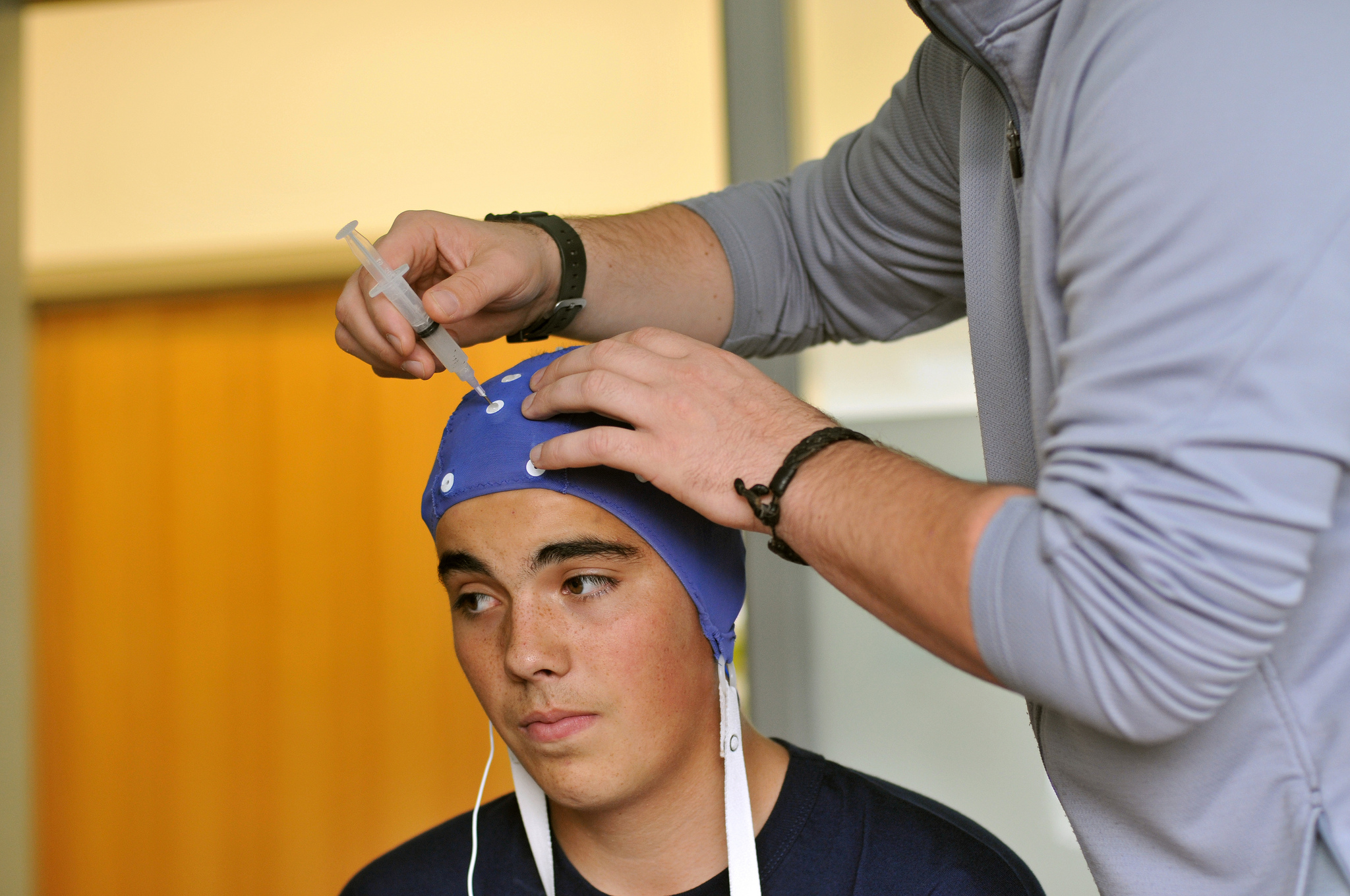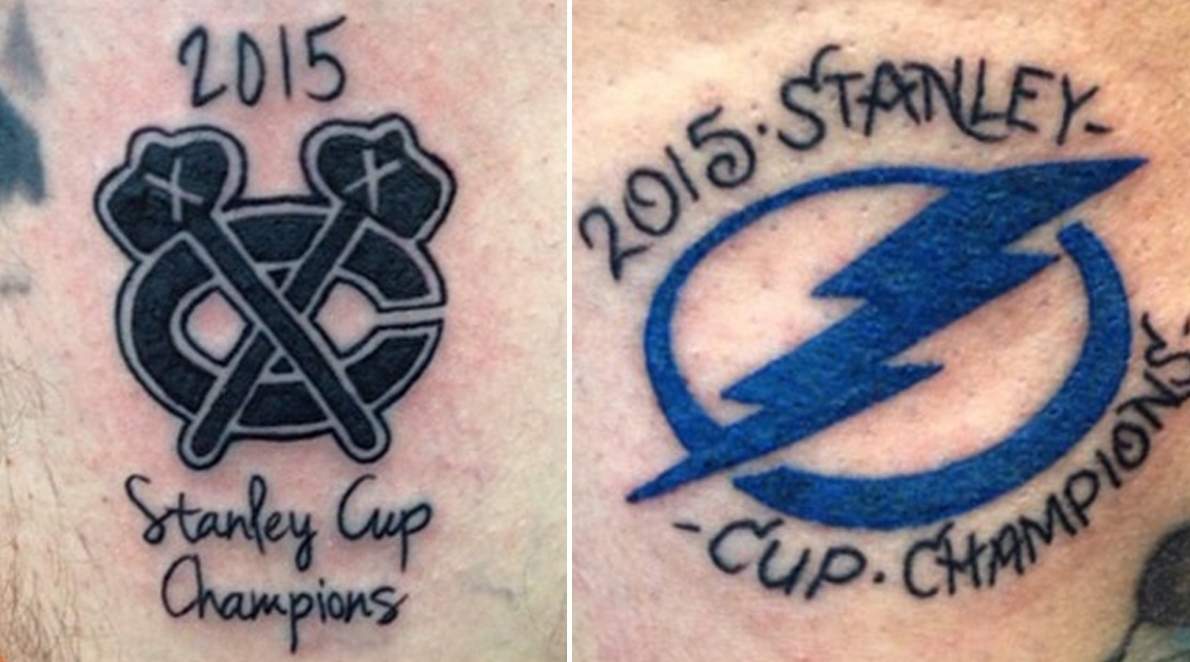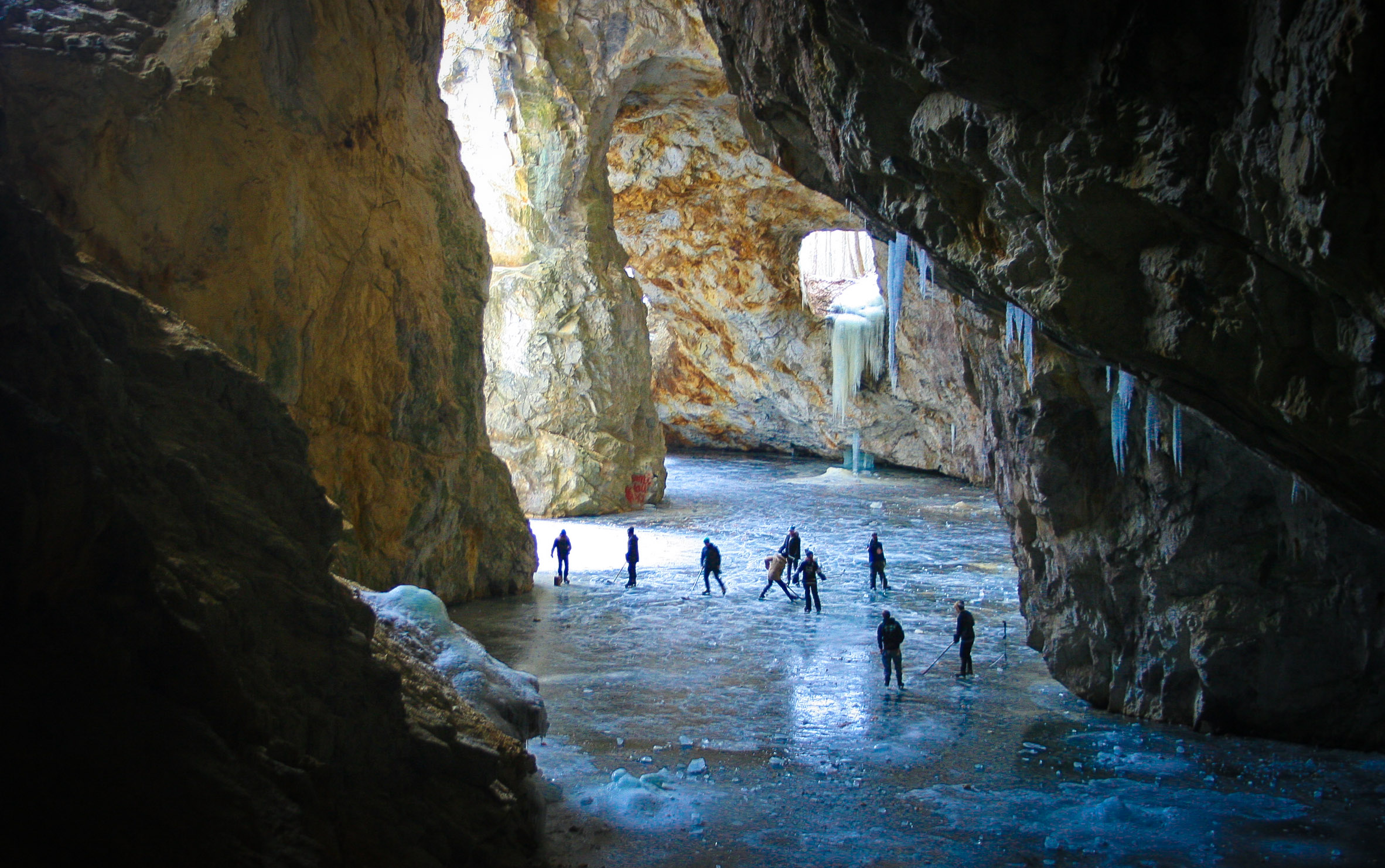Hockey Helmets are not Protecting Well
Concussion concerns are growing across all sports. Football has been center stage. But the debate, lawsuits and safety are top of mind in the NHL as well.
Drawing from the world of auto safety and their previous study on football helmet protection, researchers at Virginia Tech released a study showing concussion protection across a number of helmets.
The results?
Not pretty.
Out of 32 helmets, there were no 4 or 5 stars (with 5 star offering the best concussion protection). Only 1 3-star and a handful of 2-star. Most helmets were either 1-star or Not Recommended.
As a parent of hockey youth, this certainly is scary. Especially as they are growing and becoming stronger and faster. Risk of concussion without helmet protection is growing exponentially. Not to mention the college, major and pro players.
ESPN added this:
The two most expensive hockey helmets on the market, made by Bauer and CCM, received one-star ratings.
Nearly 2.4 million Americans play hockey, which, according to the Centers for Disease Control, has a higher rate of concussions than any other sport. The Virginia Tech study raises questions about the methods by which hockey helmets are tested and adds fuel to the debate over whether helmets can do much to prevent concussions, an injury that is difficult to diagnose and dependent on myriad factors ranging from individual tolerance to neck strength.
All 32 helmets rated by Virginia Tech were previously certified as safe by the Hockey Equipment Certification Council, or HECC, a non-profit organization. Helmet manufacturers make up part of HECC’s certification committee, along with consumer and general interest representatives. Both the NCAA and USA Hockey, the national governing body for ice hockey in the United States, require that players use HECC-certified helmets. The NHL requires that helmets meet the requirements of both HECC and the Canadian Standards Association.
To become certified, HECC requires that helmets withstand 300 G’s; the CSA requirement is 275. Although those standards will prevent most skull fractures and other catastrophic injuries, research shows that most concussions occur when the head is exposed to far lower levels of force.
Asked if he was concerned about Virginia Tech’s findings, Dr. Alan Ashare, HECC’s president, replied: “I would say yes.” But he said it remained unclear whether a helmet receiving a higher star rating actually could correspond to a lower concussion risk, adding that no helmet can “guarantee that you’re not going to have concussions.”
Virginia Tech is “suggesting that a helmet that’s rated 3, 4, and 5 is going to allow less concussions,” said Ashare, a Boston-area radiologist. “Once I see the data, I’ll be really happy, and then we’ll change it. Or somebody should change something.”
Image courtesy of University of the Fraser.



